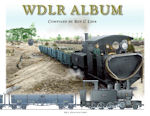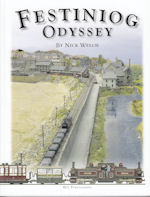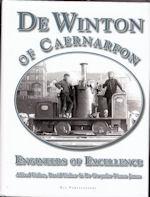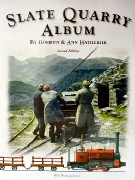WDLR Album

Dimensions: Hardcover 281 mm x 217 mm 224 pp
Published by: R C Link
Author: R C Link
WDLR Album
A unique record of British 60cm GaugeRailways on the Western Front, March 1918 THE 60cm GAUGE LIGHT RAILWAYS of the Great War (1914-1918) continue to fascinate almost a century after their creation. Both the Allies (Britain, France, Russia, Italy and later the USA) and the Central Powers (Germany and the Austro-Hungarian Empire) employed narrow gauge railways for the tactical re-supply of troops in forward areas. Whilst the French and to an extent the Germans sometimes used existing light railways, the lightly built 60cm gauge lines of the British forces were unique in concept, origins and execution. The development of the War Department Light Railways (WDLR) was different. Never previously or since had any group, business or government department organised a new railway network of any gauge on such a grand scale and at such short notice. A most important point about the concept of the WDLR is that it was born within a brief window of opportunity following the successful development of small internal combustion powered locomotives but before the perfection of the robust cross-country pneumatic tyre. Within a decade, the all-wheel-drive, pneumatic-tyred, internal combustion road lorry would enter military service, rendering the light railways obsolete at stroke while tracked armoured fighting vehicles would restore mobility to the wider battlefield. Landscape format hardback, glazed boards, 256 heavyweight gloss art pages, over 212 photographs, 12 modellers scale drawings, 71 drawings, diagrams, maps and plans.
The cover has a couple of small marks. The book is in fine condition otherwise and now very difficult to find.




